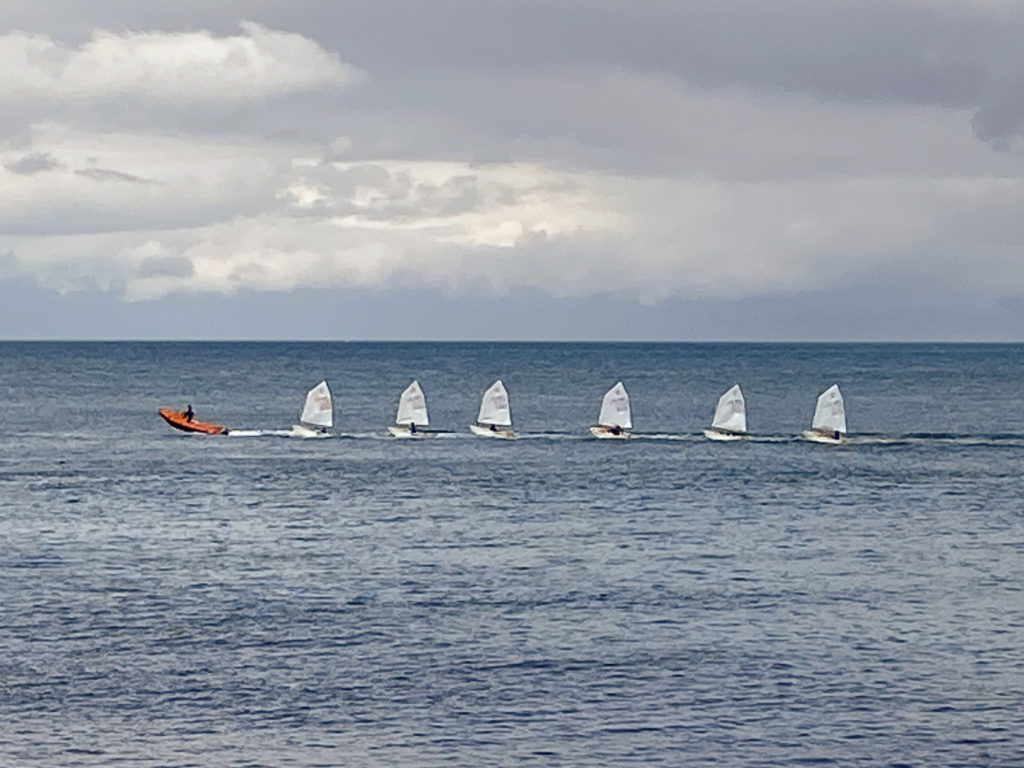Burglar: a story involving sleep where we used to sleep.
Methane: an article about a hidden threat.
DNA: a disease mitigation hint from genetics.
Each of these links that came via my email in the last 24 hours. I thank my suppliers for the food for thought and absolve them from blame for my derivative musings.

while the optimist in me hopes for similarly good outcomes.
Burglar
The story of a burglar who led a ‘blameless life until he began smoking heroin’ doesn’t need much embellishment. Implied state and social failures are legion. Serial convictions. Major drug addiction. Control of dangerous substances. Two years between offence and conviction. Home-owners’ rights in response to home invasion.
Perhaps the disturbing thing is that this is so common as to be barely newsworthy. The age old conundrum is legalisation. Could we tax narcotics to pay for a framework and infrastructure to properly manage addiction for the direct benefit and relief of the afflicted?
We used to sleep where he fell asleep. Long ago. Knowing the householders, we’ve known another side of the story of the police waking the burglar after he was found asleep on the job.
Methane
Gas hydrates or clathrates are crystalline compounds of gas frozen within a lattice of water ice. The gas is typically biogenic methane and the sediment that holds it freezes on contact with water at low temperature and high pressure.
Setting fire to ice in Siberia is a widely known trick that shows hydrates at work.
Methane hydrates are present onshore in permafrost regions like Siberia and Alaska. They are most abundant offshore, in temperate latitudes, beneath the floors of cold seas, held stable in depths ranging from 500 m down to 2000 m beneath the ocean floor. Hydrates are also present in the polar regions.
There are those who believe that a small percentage of the world’s hydrates could meet global energy requirements for centuries. Consequently, production tests have been underway for years in the USA and Japan.
There may be a terrible risk from clathrate hydrates. Whatever the risk of increased greenhouse gas from the burning of methane, the impact of an unstoppable reaction might be more immediate. An accident with extraction could set off a catastrophic chain reaction that causes sea floors to repeatedly burp methane at a scale you cannot imagine. Such quantities of methane could negate the water buoyancy and ships would fall to the sea floor, landing among all of the sea creatures that suffer the same fate. Science fiction?
I really don’t have an opinion but if the consensus is for a future world free of fossil fuels, hydrates, as an energy source, must be off the radar. Or is this a kind of backwardation, a term in finance for when the current spot is priced higher than its future. With eight billion today, twelve billion in 2050, is the value we put on a fossil-fuel-free world now higher than it might be when 50% more people need a share of our energy.
My understanding of the Gaia Theory is that the conditions for life on Earth are maintained by a balance between all organisms and their inorganic environment. This was proposed as a complex but singular, self-regulating system. The radical ideas of James Lovelock and Lynn Margulis enabled the creation of new disciplines like geophysiology and geobiochemistry. These have significant bearing on ecological policy among philosophers, politicians and scientists, to name a few.
I’m not certain that Gaian principles are applicable at every scale of science but I’m always questioning why nature sequestered certain substances. Why are there so many carbonate rocks across the globe? These are massive stores of carbon dioxide. Limestone is composed of calcium bound with carbon dioxide (CaCO2) and in dolomite, magnesium replaces calcium. Did a Gaian system hide them away for a reason? Why is there so much salt in the sedimentary basins of the world? Why is there so much methane stashed just beyond our reach? I don’t know the answers but here we are, racing to put probes (national flags?) on Mars. My questions appear be a much lower order priority than establishing title to a share of the resources on another planet.
DNA
Did you know that there’s another Covid worry that’s not being discussed. Whatever about you overlooking the threat from tuberculosis during Covid (I mentioned this here), did you know that malaria infection has been found to increase susceptibility to harmful bacterial and viral infections? The consequences in Africa are terrifying.
Weapon
And just as Douglas Adams created a trilogy of four books that make up The Hitchhiker’s Guide to the Galaxy, here’s a fourth link of three. Lia Mills (my wife) writes about Covid-19 as a weapon against human rights. Not science fiction at all.

Leave a Reply